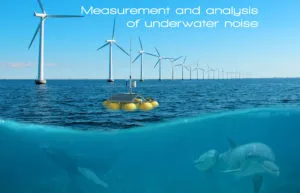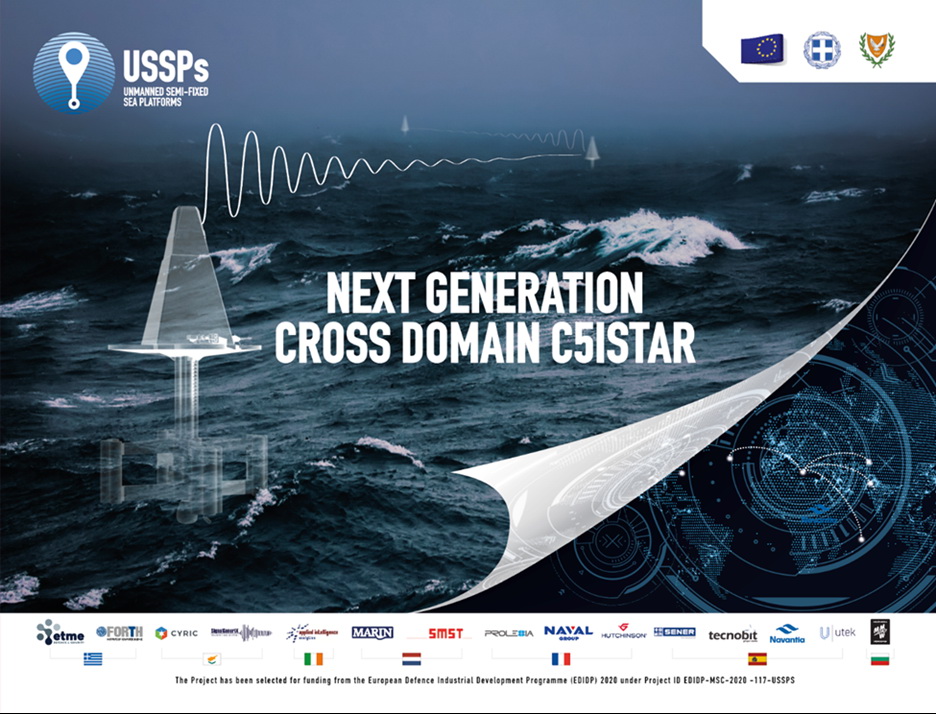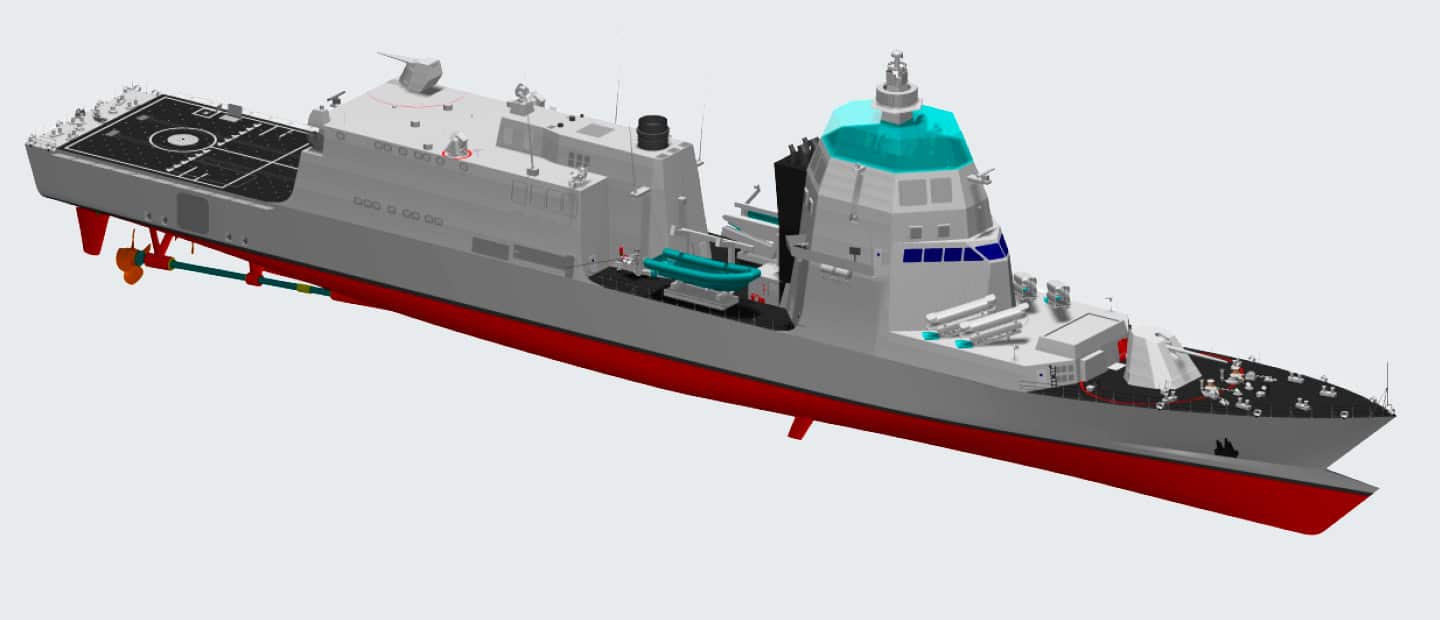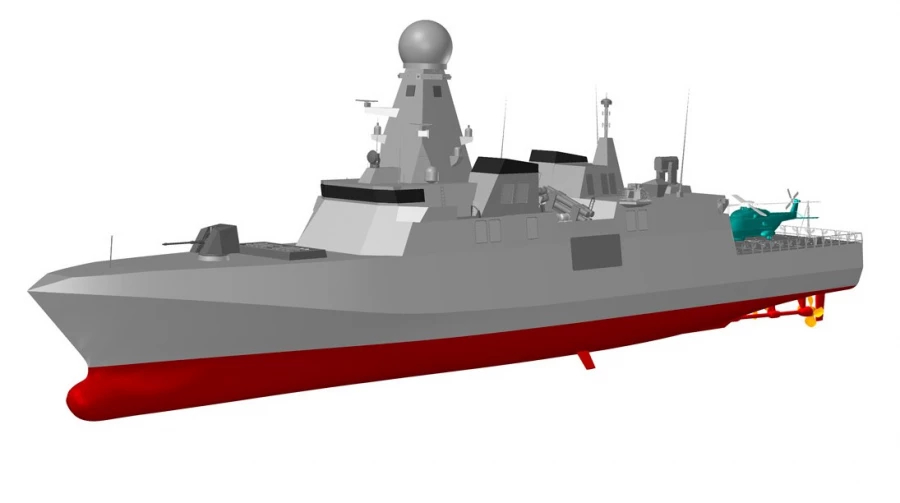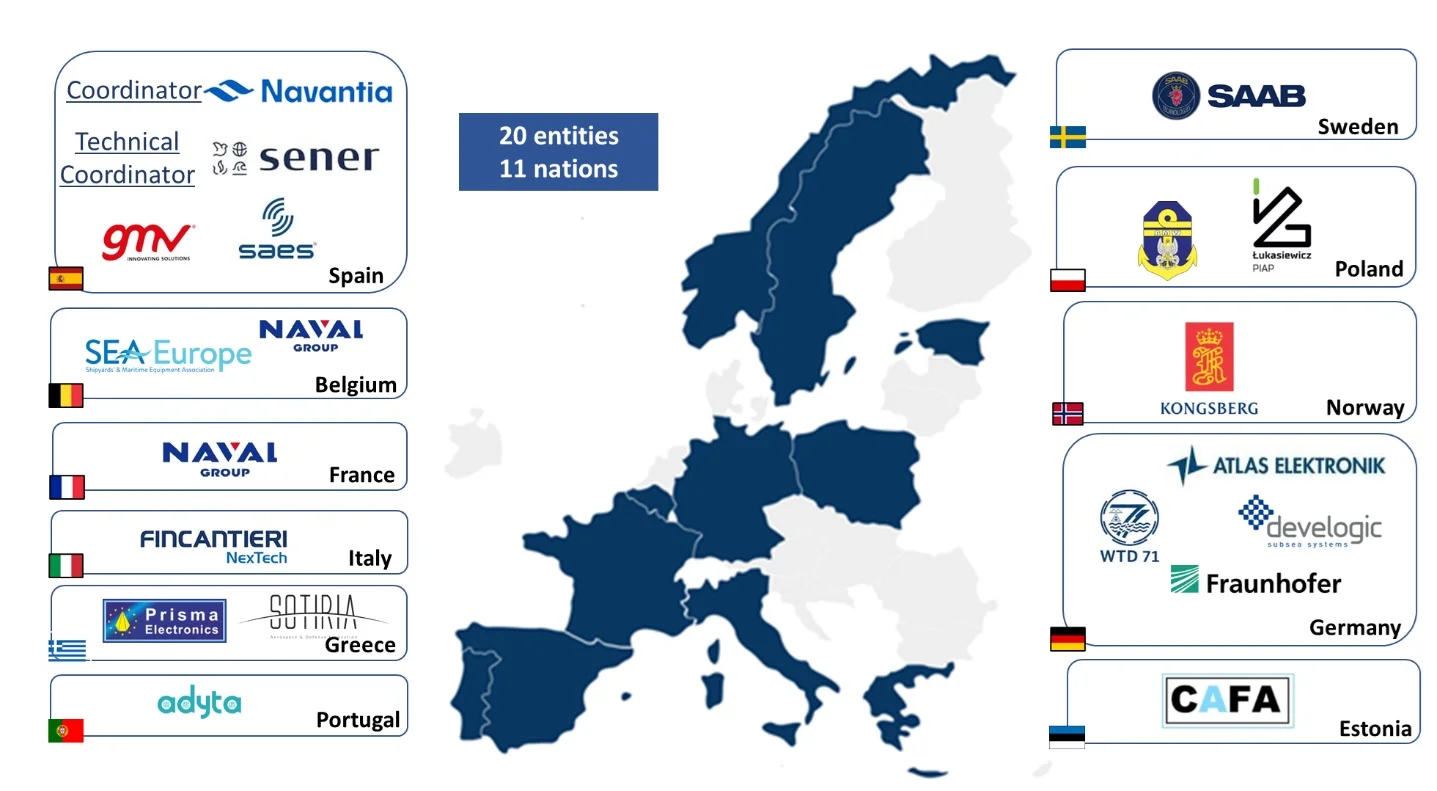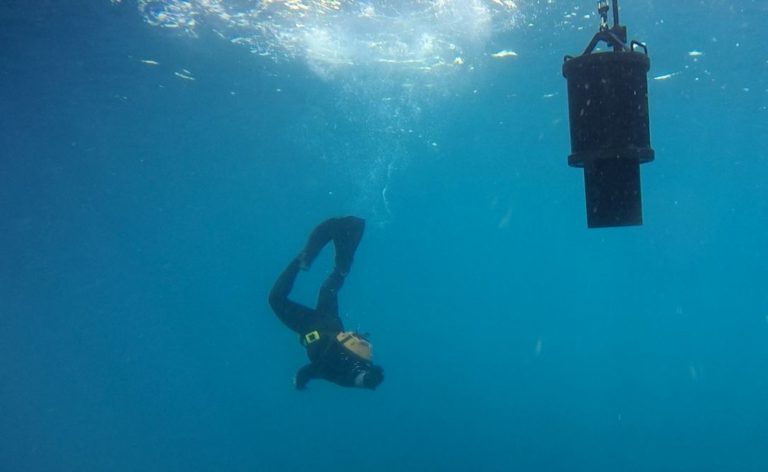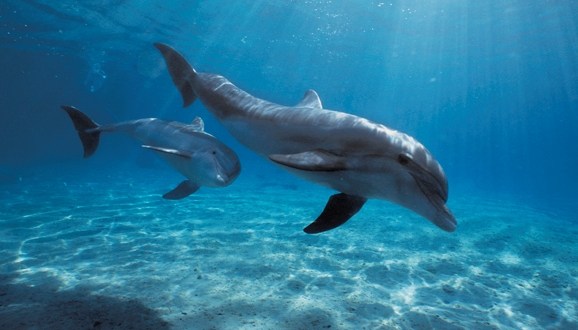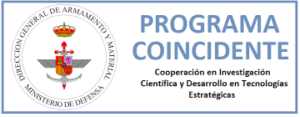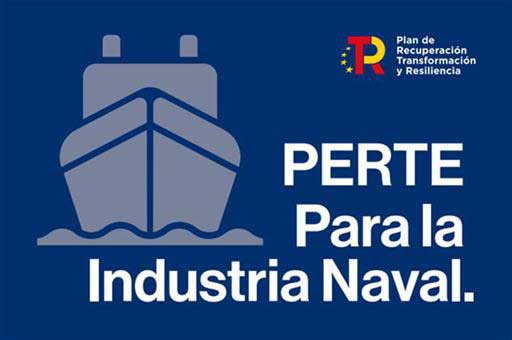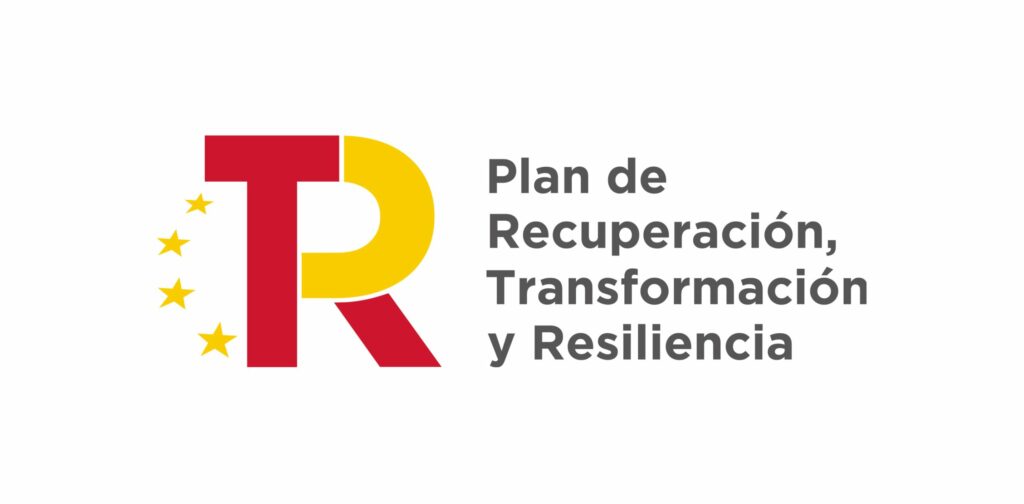SAES joins the commemoration of the International Noise Awareness Day, looking to raise awareness of the impact of underwater noise produced by human activity on marine flora and fauna, such as maritime transport and offshore wind farms building
Why are marine mammals closing to the coast? Recently, there are many news about unusual sighting of cetaceans on the Spanish coasts. This is because the human noise produced in the sea has drastically decreased due to COVID-19 confinement and travel restrictions, inviting whales and dolphins to get closer to the coast.

Human activity in the marine environment produces an increase in the level of acoustic noise in this sea, which affects the well-being of marine fauna. In fact, the European Marine Strategy Framework Directive (MSFD), aimed at achieving and maintaining Good Environmental Status in European seas, includes the regulation of noise emissions in descriptor 11.
SAES, as a specialists in underwater technology for 31 years, is researching in this area for years. The company has developed equipment for the measurement of underwater noise and has participated and participates in different programs and studies related to the measurement and analysis and modeling of the underwater sound propagation. Actually, SAES in consortium with partners organizations, is currently preparing a proposal for the call for European H2020 projects, focused on evaluating and mitigating the impact of noise emissions from ships on marine fauna.
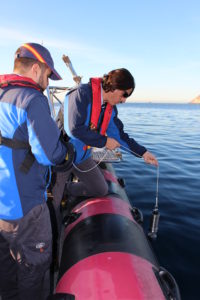
Some house-made equipment from the company, such as the SDH smart digital hydrophone or the MIRS underwater measurement station, are used to carry out
scientific and environmental studies, as well as to measure and study the underwater noise produced by industrial activity and ships on sea. Thus the noise can be controlled in order to reduce the impact on sea produced by various activities such as maritime traffic, building activities, extraction platforms and offshore wind farms.
